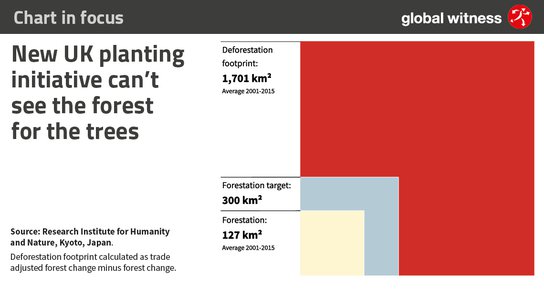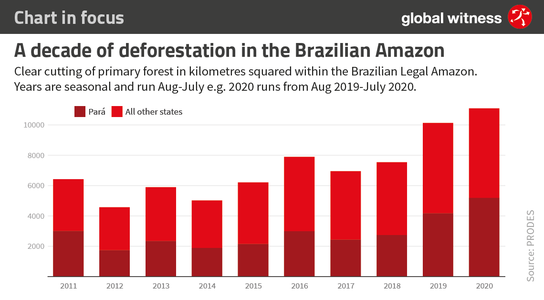A new study by a major climate action investor group has found that amongst the companies responsible for an estimated 80% of the world’s carbon emissions, not a single one has policies in place to align their future capital spending with the goals of the Paris Agreement.
The findings from the new Climate Action 100+ benchmark study cast doubt on the much-publicised ambitions of some of the world’s major polluters to be net-zero by 2050 and raise the possibility that they will continue to sanction investments in new carbon-intensive projects incompatible with limiting warming to 1.5°C above pre-industrial levels.
Climate Action 100+ (CA 100+) — an investor-led initiative that includes the Japanese Government Pension Investment Fund and Blackrock — has stakes in over 160 companies across several sectors, including some of the world’s biggest polluters such as Exxon Mobil, Chevron and BP. The group’s goal is to engage these companies to improve their governance on climate change, curb emissions, and strengthen environmental disclosures. Their benchmarking study published at the end of March attempts to measure each company’s progress in these three areas.
While six companies partially fulfilled the criteria laid down by CA 100+ by committing to align their future capital expenditure with long-term greenhouse gas emissions reductions, no company in the group of 159 assessed has pledged to align their long-term investments with the Paris goal of limiting global warming to 1.5°C. Not one firm in the small minority that had made explicit commitments to align their capital expenditure with emissions reductions targets fully met the criteria set out by CA 100+ to declare how they intended to undertake this alignment transparently.
The failure of companies in the benchmark to commit to decarbonising their future investments stands in stark contrast to the ambition of one in four firms to be net-zero by 2050. Net-zero pledges are meant to signal a company’s commitment to being carbon neutral. While there is no standardised definition of what constitutes net-zero, CA 100+ states that net-zero should primarily be achieved by reducing carbon emissions. Offsetting techniques and the use of carbon removal should be kept to a minimum, and not used where viable alternatives for reducing the carbon emitted exist.
Net-zero pledges have gained momentum amongst large corporates in the last few years. The Science-Based Targets Initiative counts that more than 1,400 companies have a public commitment to reducing their carbon emissions according to rigorous targets. According to The Economist, this has risen sharply since 2018 when there were just 216 corporate signatories.
The alignment of capital expenditure with climate goals is central to averting climate breakdown. Without it, net-zero commitments are little more than green window dressing. It has been apparent for some time that much of the fossil fuel industry is continuing with business as usual, promising to pump money into oil and fossil gas projects whilst loudly trumpeting claims they are decarbonising.
In 2019, Global Witness revealed that the $4.9 trillion forecast capital expenditure in new oil and gas fields — including by several companies assessed by CA 100+ — is incompatible with limiting warming to 1.5°C without an unrealistic reliance on carbon capture and removal. The picture is all the more alarming when the amount of money forecast to be spent on new oil and gas projects is compared to spending on renewables. The International Energy Agency estimated that in 2019 only 0.8% of total capital spending on new projects went on renewables, biofuels and carbon capture across the whole oil and gas sector.
Recently, fossil fuel giants like BP have made widely-publicised announcements about their goal of becoming net-zero. Yet, as the CA 100+ benchmark study shows, BP has failed to make a commensurate commitment to align future capital expenditure with the goals of the Paris Agreement, raising questions about the seriousness of its pledge. Chevron — while not having made an explicit net-zero commitment — has followed suit in trying to cultivate a climate-friendly image by spending millions on advertising campaigns that talk up its supposed green credentials. However, Chevron’s long-term investments and its lack of a plan to align its capital expenditure tell a very different story, suggesting that much of this PR is simply greenwashing.
CA 100+’s survey also identified that only three companies in the 159 assessed have policies to ensure their lobbying is aligned with Paris Agreement goals. Lobbying by fossil fuel companies has long been a route through which they have peddled their influence and, in some cases, blocked legislation that tackles climate change.
The results are all the more troubling given that CA 100+ only assesses whether or not a company has the relevant policies in place, not what it is doing in practice. Global Witness’ recent investigation shows that the one company that CA 100+ identified as having a climate-aligned government engagement — Eni — has in fact been heavily lobbying for fossil gas projects within the EU.
We call on all companies to align their capital expenditure with scenarios that limit warming to 1.5°C without over-reliance on offsetting or on unrealistic levels of future carbon capture and removal. Investors should require fossil fuel companies, in particular, to explain how each new material capital expenditure is aligned with the Paris goals.


